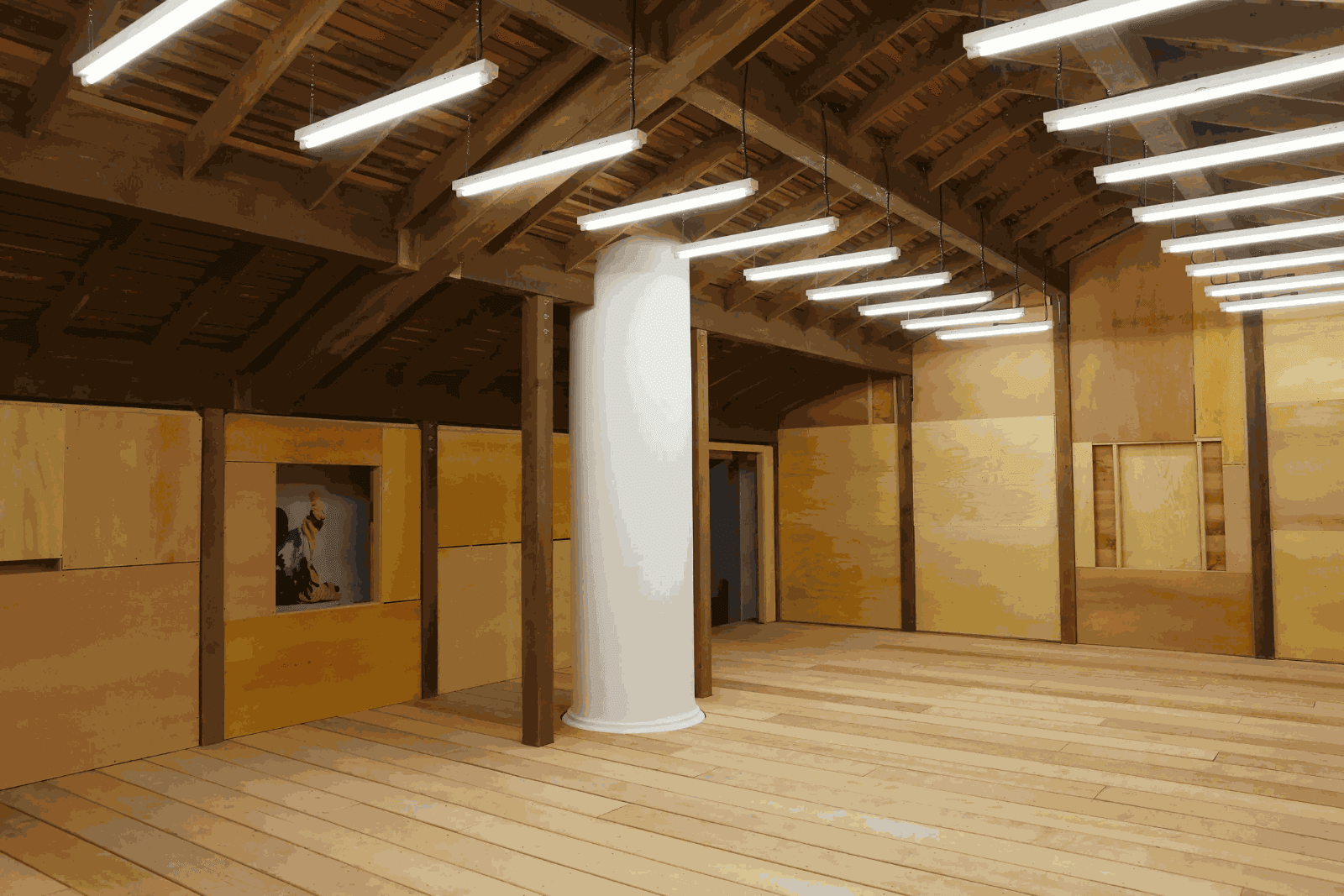He was a designer of progress—the founder of a streetwear brand that rose to the very pinnacle of luxury fashion, as the first African American man at a French luxury goods house. While his achievements are likely to inspire many more would-be Virgils, the great tragedy of his death at 41 last November is that it has deprived fashion—and the larger world—of decades more of his own original thinking. “What would it have meant for him to live for another 41 years? How would he have changed?” Sargent asks. “This traveling show is in effect his first museum exhibition. I want to know: What’s his fifth museum exhibition? How do the brands evolve? Would we have had a Black heritage brand? Would he have made real paintings? Those are the questions I can’t get over.”



